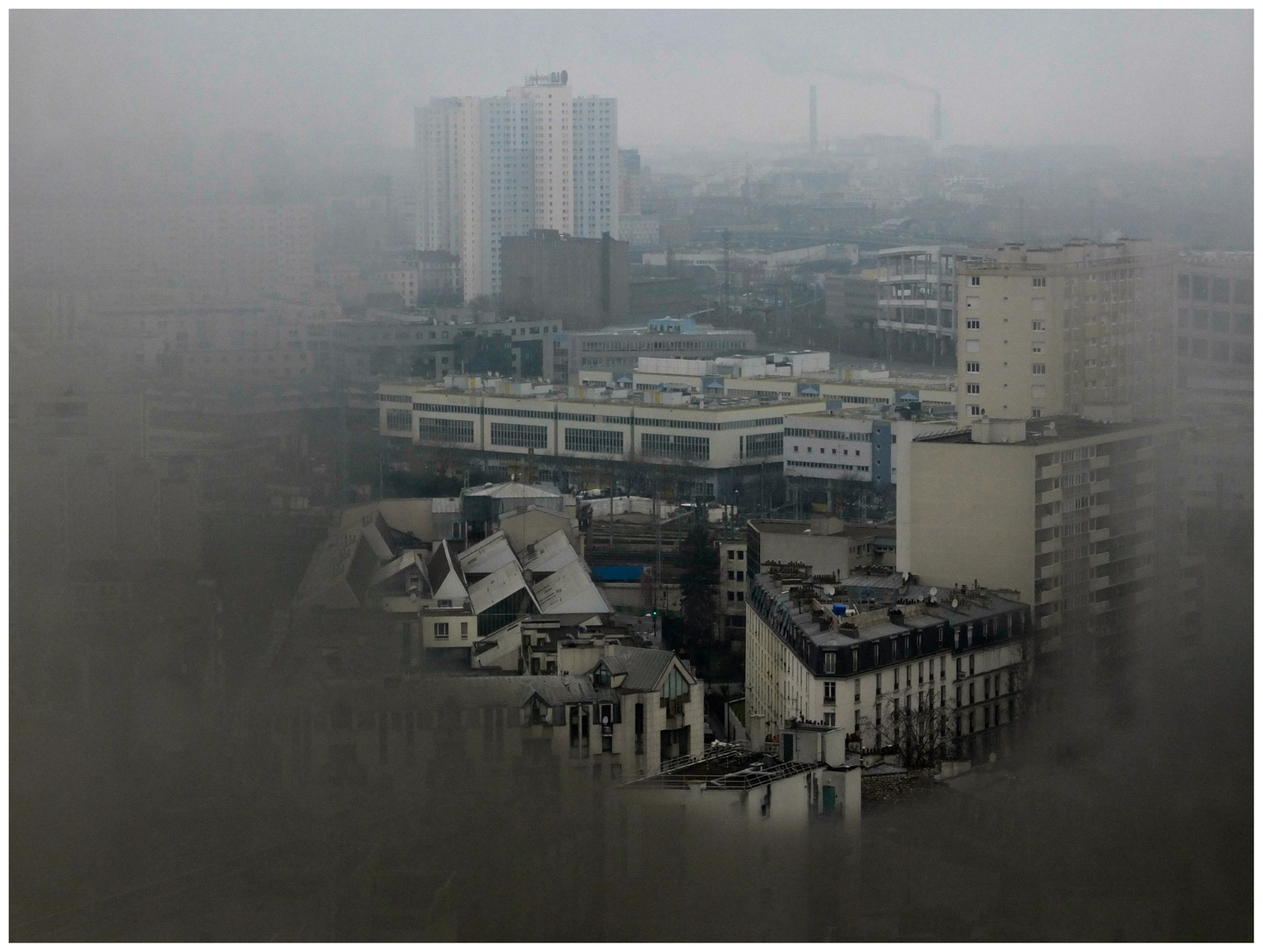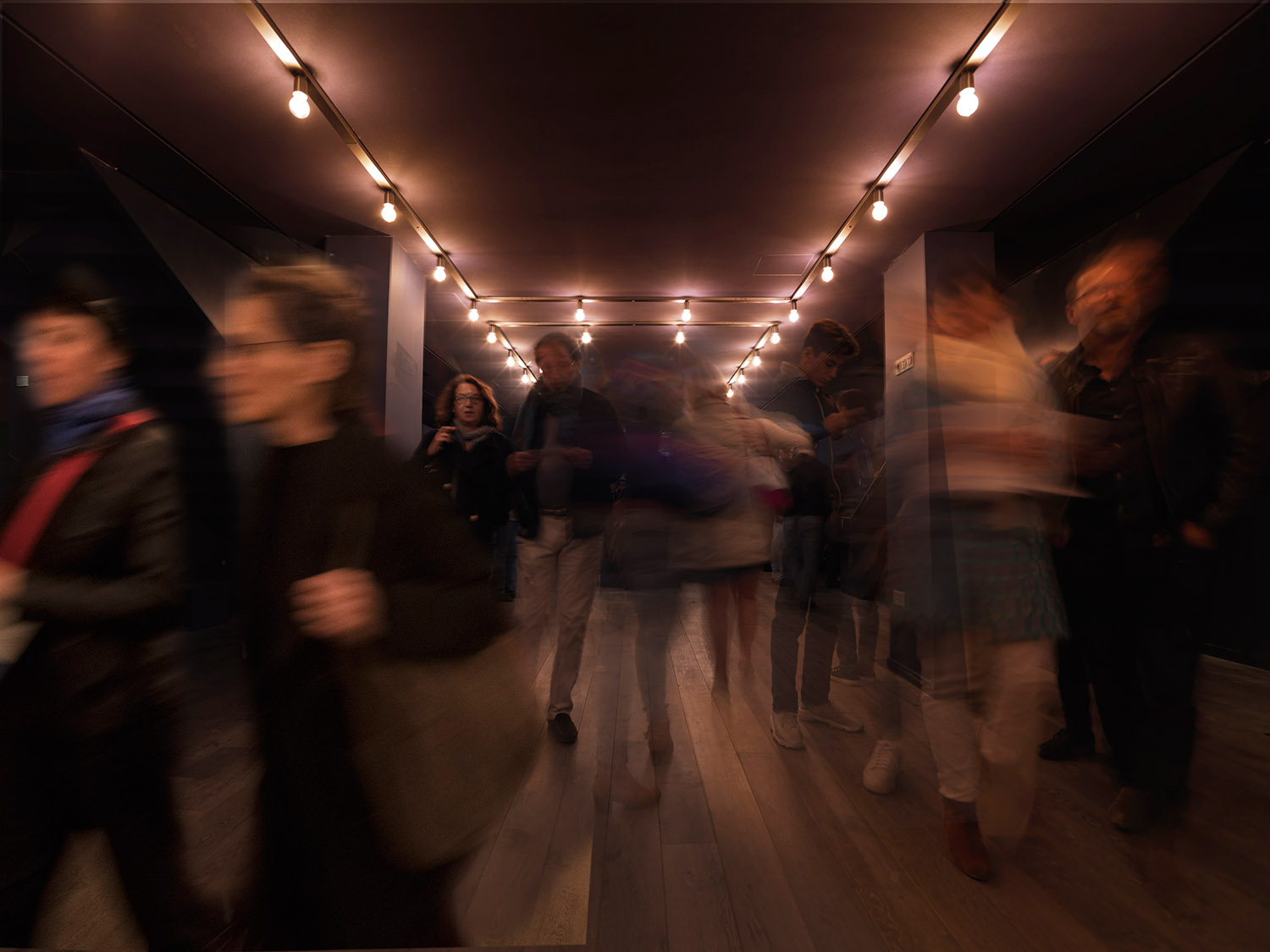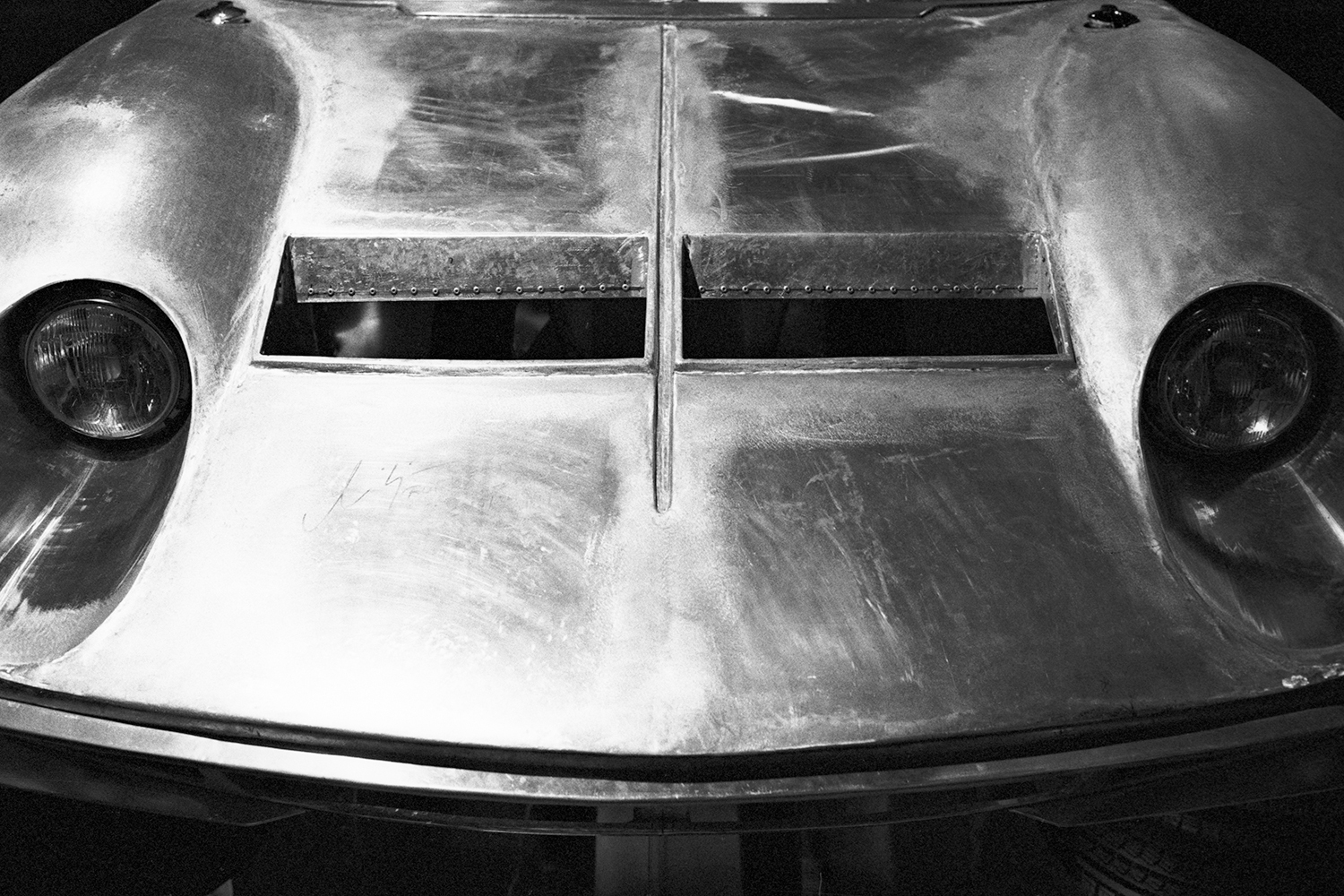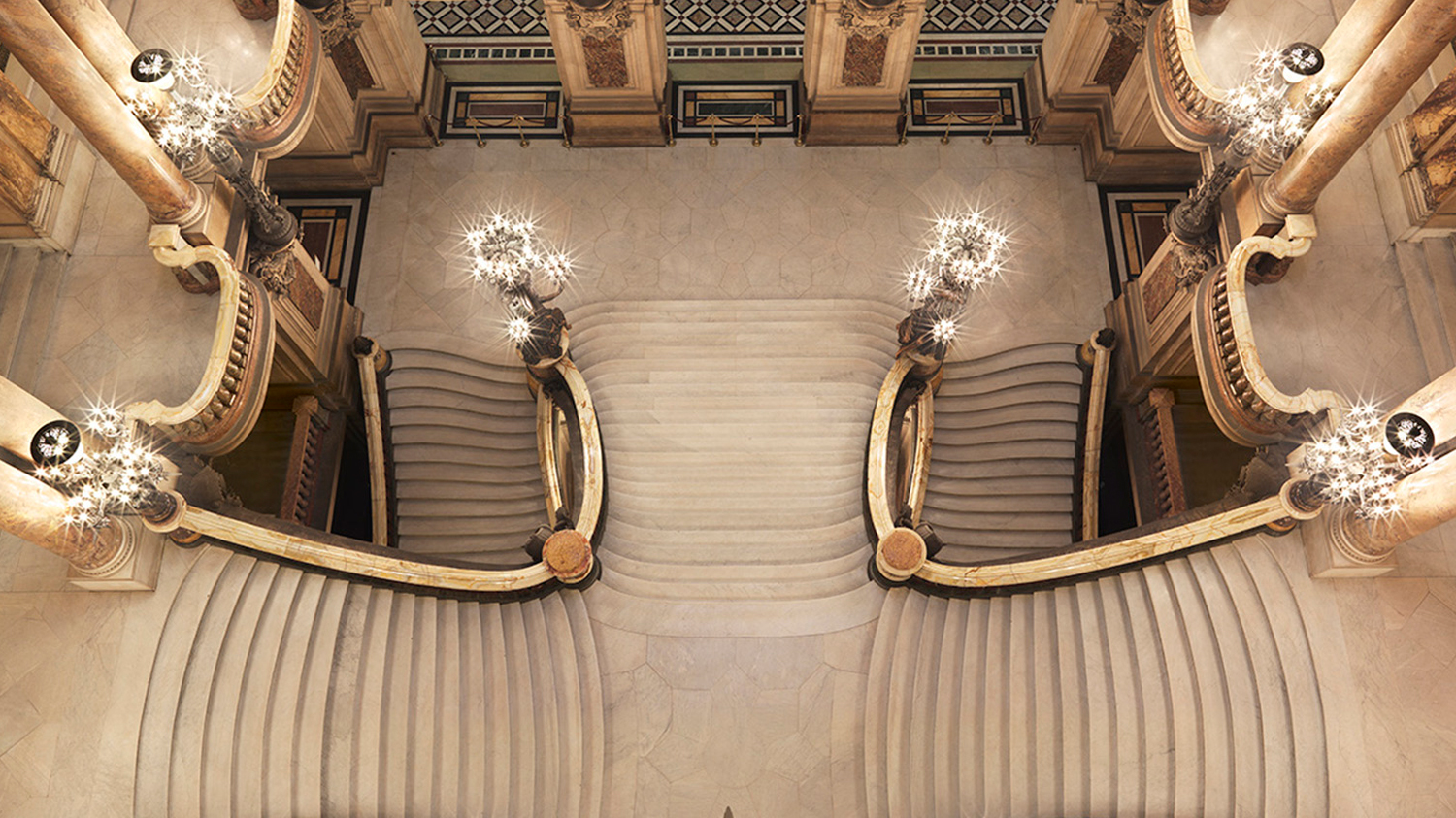Who is Nina Papiorek?
I am Nina, born in 1979 and mother of two girls. I work as a graphic designer and photographer. Hooked on coffee, music loving with a certain preference for design and minimalism. There is nothing more compelling for me than the love of photography. Black and white since forever, I started off shooting landscapes mostly, whereas, today, street photography is almost my exclusive domain. Photography aesthetic is very important to me, I like tidy situations and focus on the essentials and clean lines.


Oberhausen! You are so wonderful!?
Whew… I love my home town and like living here. For my personal life I feel it is the right place to be with my loved ones. Photography wise, it is different. I am not the most creative person “at home”, I have to admit. Taking pictures here does not come easy, to be honest. It’s true the setting is challenging in that Oberhausen is not exactly brimming with the design style of architects like Calatrava, not yet at least 😉 But I don’t think my “block”, if you like to call it that, has anything to do with the local surroundings or my home town per se. It rather is my intense everyday life here. When I am traveling, much of the pressure disappears and I feel the freedom I need to express myself creatively. Nonetheless, the pandemic has made me explore my environment more over the past years.
All roads lead to Rome? (proverb)
Any opportunity takes you where you are headed? To me it’s more like “where there’s a will there’s a way.” It matches the photography viewpoint. Except for the so-called photographer’s eye, you just need to have, you can work out a lot of things. I am a fully self-taught photographer. I spent years of “trial and error” in the street, at the beach and in the forest. It still is a natural part of my approach today. You can’t expect to go home with the perfect image at any place any time, just because you happen to be in the location. Patience is crucial, I think. And unwavering will of course. If there is both, then yes, all roads lead to Rome!


Who is your favorite architect?
Zaha Hadid and Santiago Calatrava. Both used and use the color white combined with curving airy designs, clean lines and an aesthetic beyond belief so I feel in photography heaven. Everything I see matches.
Manhattan or Montmartre?
Point for Manhattan, clearly. Montmartre is paradise for many a stereotype photographer and has undeniable charm. But it’s not necessarily my kind of photography playing field. Manhattan then – high facades, large windows and clear patterns on repeat… Here I am.
One night in Paris is like a year in any other place? (10cc)
I have already been on several journeys to Paris with my camera and I love the city. But Paris is much too “crammed” for my taste by day, particularly at the tourist hotspots. So, I enjoy being out early morning, while the city is still half asleep and business people in coats are hurrying to work with their briefcases. Hence, short nights in Paris for me ;).


How would you describe your style of work?
It is a mix of street, urban and landscape photography I’d say – everything you would typically capture while traveling. I started off this way – so my work still mirrors those first steps in photography today. Sometimes one genre is more apparent than the other, depending on the mood. But in the past couple of years, I clearly focused on street photography that, in my world, is very much based on lines and form. I like to use architecture backgrounds or patterns, I work with leading lines and integrate lonesome people into their urban environment. The ground common to all of my photos is a strictly minimalist approach. I like tidy and clear images where the viewer’s gaze is directly drawn to the main subject and not distracted by anything. So, the smallest things, like a single stone in the water, turn into the star in the photo and reveal their elegance and beauty in a totally different and unique way to me.
There is a distinct difference between cityscape and landscape photography?
I like to combine landscapes and long exposure. It so happens that the camera is already on for ninety seconds while I try hard not to touch anything and to blur the image. I love this time as it allows me to relax wonderfully and to immerse myself in the moment. Also, when taking landscape shots, you are often all alone in one place. And with the wind at the sea it is like a small vacation in my eyes.
Good architecture lets nature in? (Mario Pei)
If architecture serves as an environment for people to live in, there is certainly a lot of truth to this quote. Plants ensure so much comfort and perceptible coziness. As for photography, it is a different matter entirely. Plants rather destroy the clean look of lines and forms for me.


You don’t get to do as much sightseeing as you would like to?
That’s correct and makes me laugh just now. When there is this photography’s spur I end up forgetting everything else around me, even food becomes totally secondary in the course of the day. That’s why I prefer to be out and about solo. It is then a matter of finding motifs, which sometimes involves remaining in one place for hours, before the desired situation occurs. There is no room left for sightseeing. I have been to Paris six times and not once have I made it up the Eiffel Tower… questions anyone? 😉
Beach photography tips for capturing good images?
Spontaneously I would categorize beach photos as simple. For landscape orientation you look for an eyecatcher to situate in the foreground, let’s say a single stone, immersed in waves. Playing around with exposure time will make the water look like it had been smoothed out and adds a certain painterly aesthetic to it. For street photographers beaches boast a plentiful supply of scenes whose touch of comedy is sometimes undeniable. Whether it is the business man who works his cell phone while floating on an inflatable unicorn or the sun worshipper with her fingers spread. The point is to get close enough without attracting attention in order to capture the scene as authentically as possible.


Delete 1 thing from Earth?!
Intolerance. The reason for envy, poverty, wars, religious fanaticism, racism and for other things on a list that is expandable at will.
_Uwe Buschmann (copy editing Silvia Strauch)









